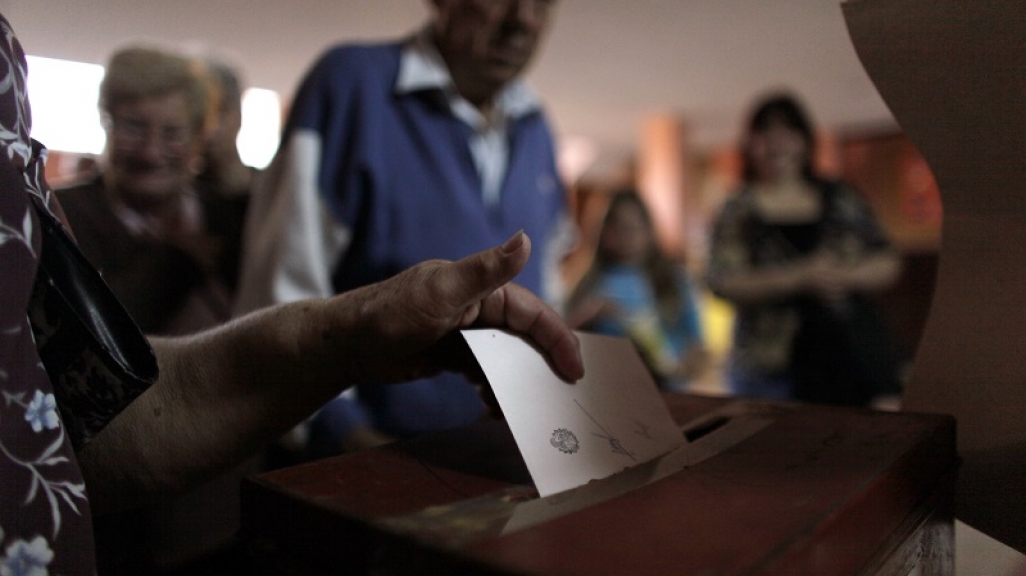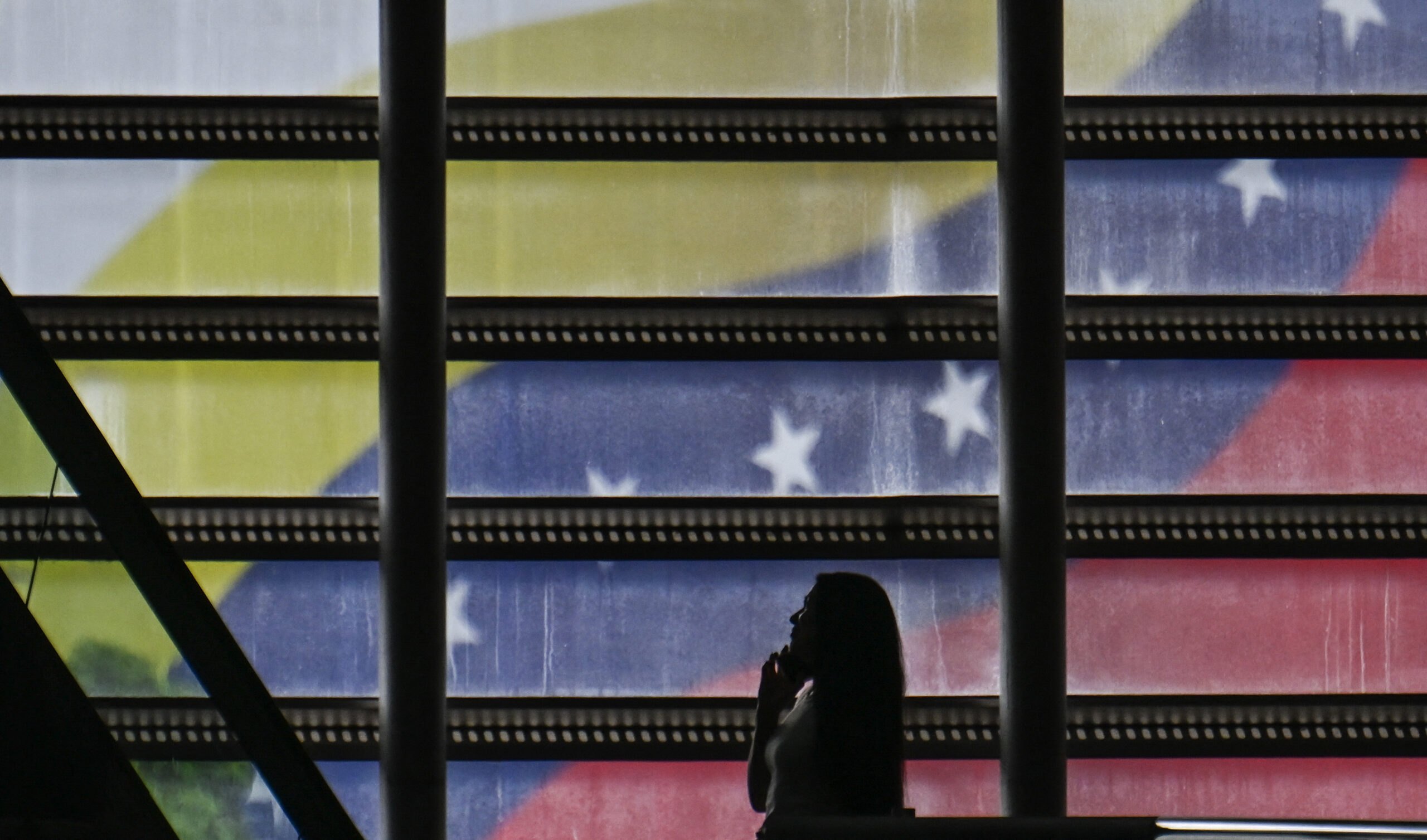Uruguay’s Election a Choice Between Two Models for Economic Growth
Uruguay’s Election a Choice Between Two Models for Economic Growth
Regardless of the outcome of Uruguay's election, the country will enjoy the benefits of capable management, writes COA’s Eric Farnsworth in World Politics Review.
Oct. 26 is a big day for South American democracy. Most observers will be focused on the runoff in Brazil between the incumbent, President Dilma Rousseff, the candidate of the left-center Workers Party that has been in office since 2002, and her center-right challenger, Aecio Neves, in an election battle over who offers the better path toward securing and expanding the economic gains of the middle class.
But a similar electoral scenario is playing out next door in Uruguay, where former President Tabare Vazquez of the leftish Broad Front is hoping to return to office, succeeding outgoing President Jose “Pepe” Mujica, also of the Broad Front. Uruguay only permits nonconsecutive terms for the presidency, but between the two men, the Broad Front has been in power since 2005.
The leading opposition candidate is Luis Lacalle Pou of the conservative National Party, the son of former President Luis Lacalle, who served in office in the early 1990s and is widely identified with the economic reform movement that swept Latin America during that time. Uruguay is one of the most developed and prosperous nations in Latin America, known for advanced education, a strong social security system and liberal social laws, including marijuana legalization. For the past decade, it has enjoyed a stable macroeconomic environment produced by institutional reforms, the promotion of a business-friendly investment climate and sensitivity to social needs. In 2013, The Economist even named Uruguay “Country of the Year.” But like Brazil, Uruguay’s economy has slowed in recent years, although not as rapidly, with growth projected at below 3 percent this year and picking up slightly to 3 percent in 2015....









